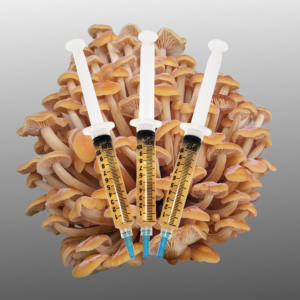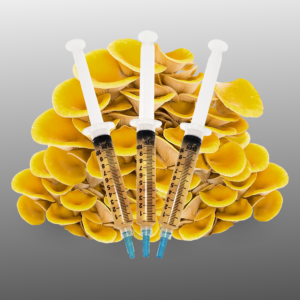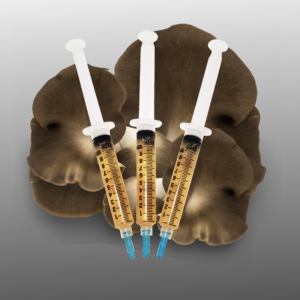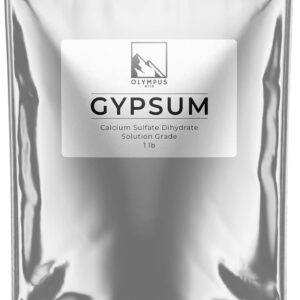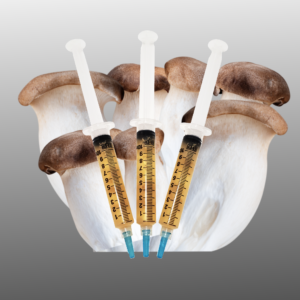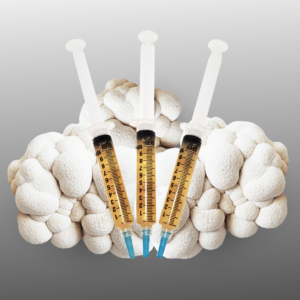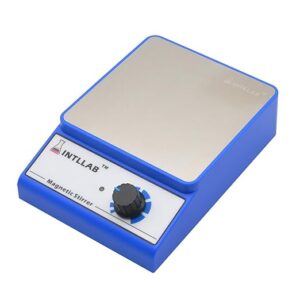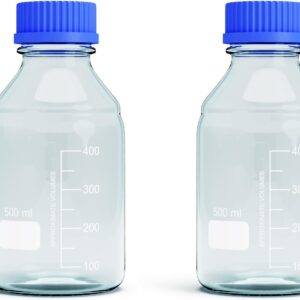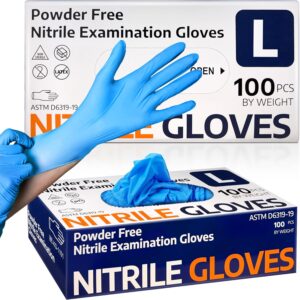Welcome to our captivating exploration of the world of mushrooms. In this article, we’re embarking on a journey of discovery to uncover the mysteries of a renowned species—the Fly Agaric. Join us as we delve into its fascinating features and master the art of identifying it in its natural habitat.
The Amanita Genus: A Diverse Family of Enchantment
The Fly Agaric, known scientifically as Amanita muscaria, belongs to the captivating Amanita genus—an intriguing family of mushrooms that captures the imagination of nature enthusiasts and researchers alike. Amanita mushrooms are renowned for their diverse and often striking appearances, showcasing an array of colors, shapes, and sizes. While some Amanita species are edible and prized for culinary purposes, others are known to be toxic, requiring careful consideration and expertise for safe identification.
The Changing Seasons and Enchanting Varieties
The Fly Agaric’s appearance is closely tied to the changing seasons. As summer transitions to autumn, and the forests undergo their annual transformation, this charismatic mushroom emerges. In many regions, the Fly Agaric can be spotted from late summer to early winter, making its presence known with its distinctive red cap adorned with white flecks.
Within the realm of Amanita muscaria, a fascinating array of varieties showcases the diverse spectrum of nature’s artistry. These variations encompass a palette of colors, patterns, and sizes, each contributing to the allure of this iconic mushroom.
A Unique Ecological Partnership: Mycorrhizae
The Fly Agaric, a member of the Amanita genus, thrives within a unique ecological partnership known as mycorrhizae. This fascinating relationship involves the mushroom forming a symbiotic connection with the roots of specific trees. In the case of the Fly Agaric, it commonly associates itself with various types of trees, including birch, pine, spruce, and fir. These mycorrhizal connections are vital to both the trees and the mushroom, as they facilitate nutrient exchange and enhance the overall health of the ecosystem.
The Fly Agaric’s Historical Use as an Insecticide
The Fly Agaric’s common name derives from a curious historical practice. In ages past, people would prepare a solution of the mushroom’s cap, which contained toxic compounds. This concoction was used as an insecticide, attracting and killing flies. While the mushroom’s vivid appearance and enticing aroma made it attractive to flies, its potent properties led to their demise. This intriguing use of the mushroom earned it the name “Fly Agaric,” a moniker that continues to resonate with the peculiar relationship between this captivating fungi and the insect world.
Anatomy of the Fly Agaric: A Visual Feast
The cap of the Fly Agaric is a spectacle to behold, boasting an array of characteristics that make it truly exceptional. Resembling a charming umbrella, this cap shape transports us into the realm of fairy tales. Its captivating red color is a symbol of its uniqueness, and the delicate white flecks that adorn its surface resemble pearls of nature.
As we venture beneath the cap, we’re introduced to the Fly Agaric’s gills. These gills, distinctly free and unattached to the stem, create an elegant separation between the cap and stem. Their ethereal ivory hue contrasts vividly against the red cap, resulting in a mesmerizing visual contrast.
The stipe of the Fly Agaric commands attention with its regal presence. Standing tall and confident, its vivid red upper portion gradually fades to a delicate pale yellow at the base. A significant feature is the hanging ring, a remnant of the universal veil that once enveloped the young mushroom and now adds to its allure.
A hallmark feature of the Fly Agaric’s stem is the distinctive bulb that graces its base. Known as a volva, this sac-like structure is a remnant of the universal veil—a protective covering that encased the young mushroom as it sprouted. As the mushroom matures, the veil breaks, leaving behind the volva. This bulb not only adds to the mushroom’s aesthetic appeal but also serves as a valuable clue for identification.
The Fly Agaric presents a partial veil that forms an exquisite collar around its stem. Once safeguarding the gills during development, this veil now graces the stem, adding an additional layer of beauty to the mushroom’s composition.
The revelation of the Fly Agaric’s spore color unlocks another layer of its identity. The spores, when gathered and deposited, unveil a spore print of elegant white. This distinctive spore color serves as a key characteristic for the accurate identification of this magnificent mushroom.
The Fly Agaric in Folklore and Culture
Beyond its natural allure, the Fly Agaric has woven itself into the tapestry of human culture. In folklore, this distinctive mushroom has been associated with enchanting tales of Santa Claus and his legendary reindeer. The vibrant red and white coloration of the Fly Agaric is thought to have inspired the iconic image of Santa’s red suit and white beard.
Additionally, the Fly Agaric’s reputation for inducing altered states of consciousness has led to speculations that it may have been used in ancient rituals by shamans seeking to communicate with the spirit world. While these connections are steeped in mystery and speculation, they add a layer of intrigue to an already captivating mushroom.
And thus, the tale of the Fly Agaric unfolds before us, revealing its secrets one by one. Its umbrella-shaped cap, volva, vibrant red hues, free gills, lingering veil remnants, and the delicate white spore print together weave a narrative that defines its essence. As we explore these distinctive features, let us also remember the importance of caution and respect when encountering wild mushrooms.
May your explorations in nature be filled with wonder, discovery, and a newfound appreciation for the intricate world of fungi.
-
Golden Enoki Liquid Culture
-
Golden Oyster Liquid Culture
-
Grey Oyster Liquid Culture
-
Gypsum Powder for Mushroom Substrate (1 lb)
-
King Oyster Liquid Culture
-
Lion’s Mane Liquid Culture
-
Magnetic Stirrer/Mixer w/stir bar (No Heat) Stirring Capacity: 3000ml
-
Media Storage Bottle – Borosilicate Glass – (500ml – 2pcs)
-
Medical Nitrile Exam Gloves, Latex-Free & Powder-Free Non-Sterile Food Safe Cleaning Disposable Glove, 100 Pcs


